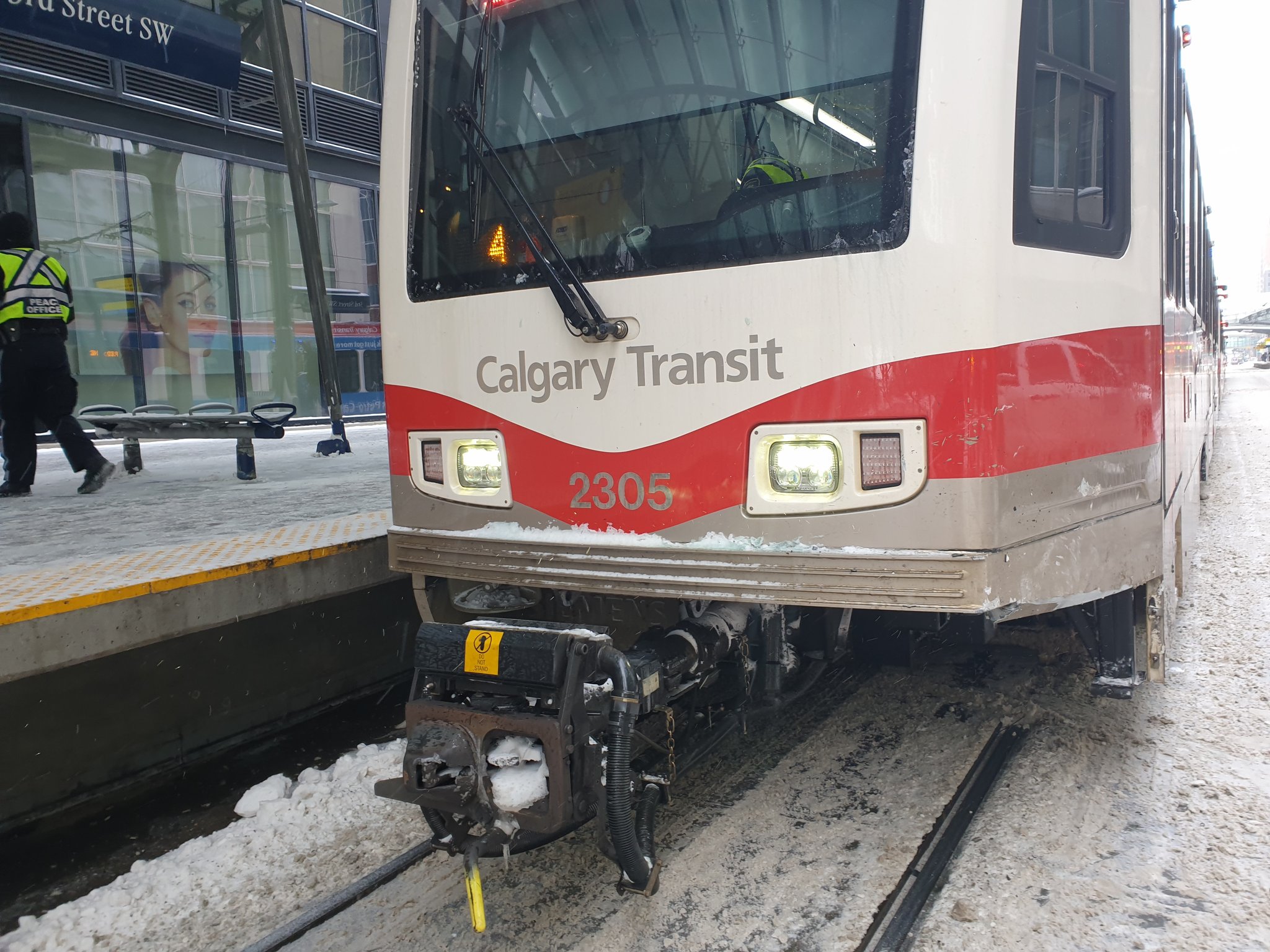outoftheice
Active Member
I was initially a huge supporter of the fully tunneled option but the longer time goes on the more I think surface in the beltline and a bridge over the river wouldn't be such a bad thing. If most people are like me, I think a lot of the support from the tunnel stems from the fact that 'world-class' cities have subways so therefore Green Line needs to be a subway. Also people who use the red/blue lines know how long it can take to crawl through 7th Ave and want to avoid a repeat of that.
In terms of travel times, the city of Calgary studies showed a very small time difference (less than 2 minutes if I recall correctly) between surface and tunnel so I don't think it will have that big of an impact on the ridership experience. Yes sometimes some idiot will hit the train with their car and there will be a higher chance of delays but I don't think it happens often enough to be a deal breaker.
The big thing for me though is that with a subway style system nobody is exposed to the communities they're passing through. You go underground and stay underground until you pop up at the station you were planning on getting off at anyways. For most Calgarians this will be the 7th Ave station. By putting Green Line on the surface (except for the North-South portion under CP and the major downtown arteries) you are exposing 60,000 riders daily to the beltline and Eau Claire areas. People who would otherwise never use those stations or even see the areas if a tunnel was used will see the shops and restaurants and the streetscapes and be tempted on a daily basis to hop off the train and explore. Patrons waiting at these stations in off-peak hours will be out in the open exposed to the community which I think will help improve the perception of safety. (Ever been at City Hall station in the evening with a bunch of unsavoury characters? Now take the same situation and put yourself alone on the platform one story underground).
Calgary hasn't done surface LRT integrated into communities very well in the past but a quick glance at pretty much any European city shows it's possible. If the difference between whether or not we build Green Line Stage 1 comes down to surface LRT versus tunnel not only do I think I can live with it, I think it might actually be an improvement.
In terms of travel times, the city of Calgary studies showed a very small time difference (less than 2 minutes if I recall correctly) between surface and tunnel so I don't think it will have that big of an impact on the ridership experience. Yes sometimes some idiot will hit the train with their car and there will be a higher chance of delays but I don't think it happens often enough to be a deal breaker.
The big thing for me though is that with a subway style system nobody is exposed to the communities they're passing through. You go underground and stay underground until you pop up at the station you were planning on getting off at anyways. For most Calgarians this will be the 7th Ave station. By putting Green Line on the surface (except for the North-South portion under CP and the major downtown arteries) you are exposing 60,000 riders daily to the beltline and Eau Claire areas. People who would otherwise never use those stations or even see the areas if a tunnel was used will see the shops and restaurants and the streetscapes and be tempted on a daily basis to hop off the train and explore. Patrons waiting at these stations in off-peak hours will be out in the open exposed to the community which I think will help improve the perception of safety. (Ever been at City Hall station in the evening with a bunch of unsavoury characters? Now take the same situation and put yourself alone on the platform one story underground).
Calgary hasn't done surface LRT integrated into communities very well in the past but a quick glance at pretty much any European city shows it's possible. If the difference between whether or not we build Green Line Stage 1 comes down to surface LRT versus tunnel not only do I think I can live with it, I think it might actually be an improvement.
